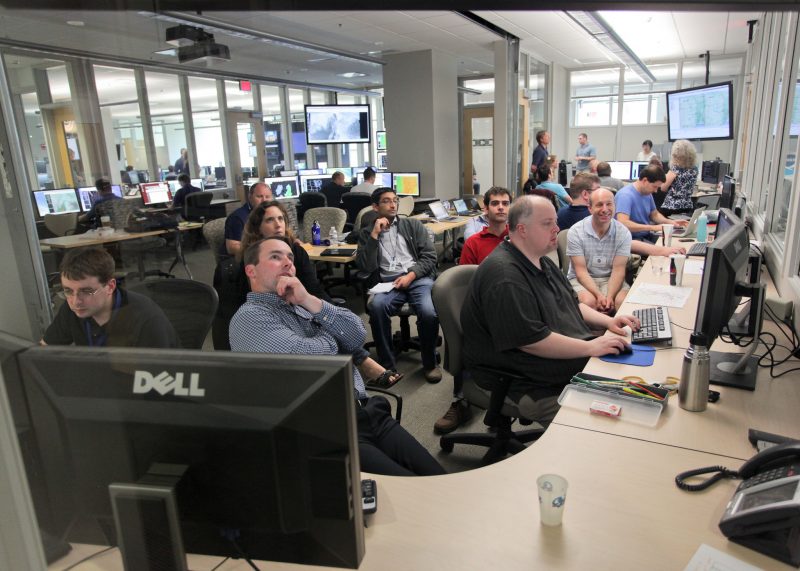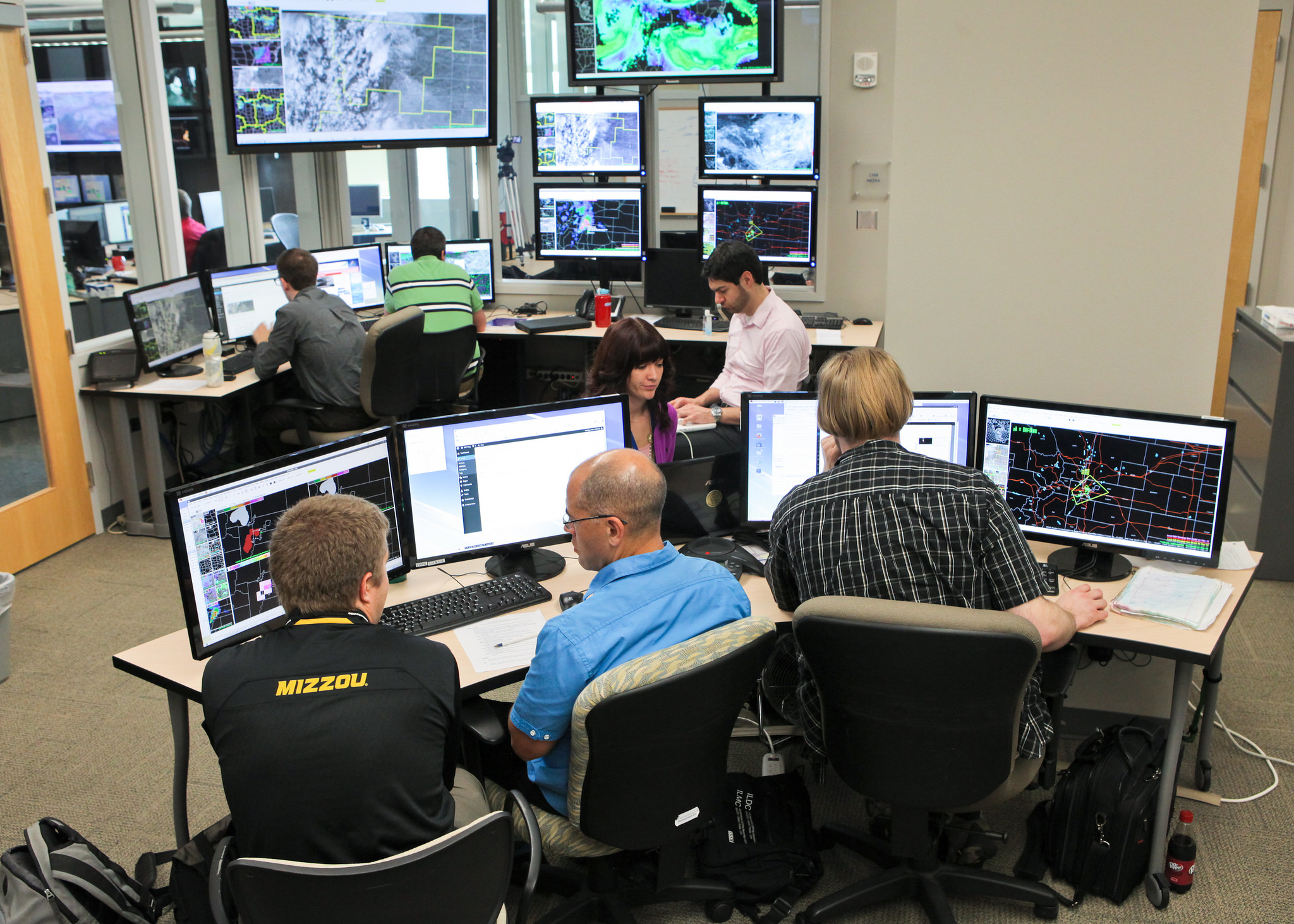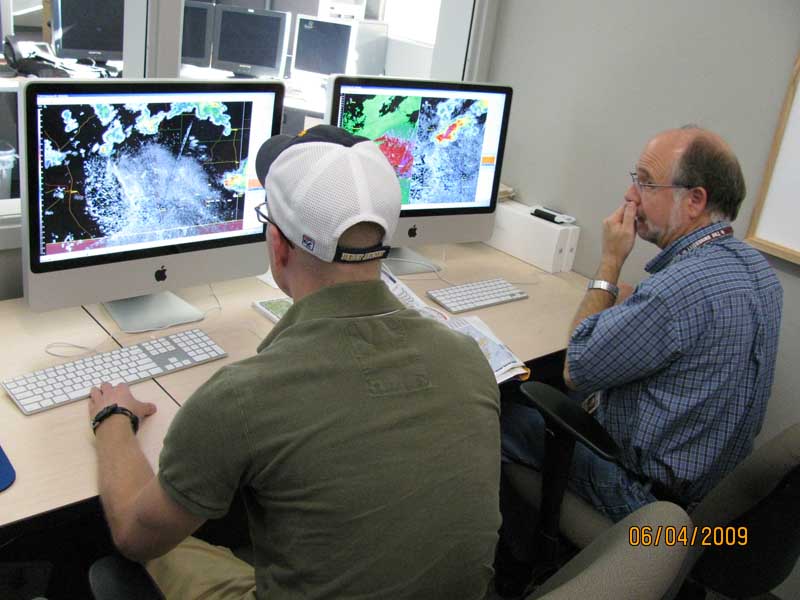 Experiments designed to improve National Weather Service severe weather forecasts will be conducted in the 2015 Spring Forecasting Experiment from May 4 through June 5, part of the NOAA Hazardous Weather Testbed (HWT) Experimental Forecast Program. The effort is a joint project between the Storm Prediction Center (SPC) and NSSL/CIMMS to support NOAA’s goal to evolve the National Weather Service and build a Weather-Ready Nation. The interactions between operational forecasters, model developers, and research scientists are critical for the effective transfer of operationally relevant guidance, tools, and techniques to operational forecasters.
Experiments designed to improve National Weather Service severe weather forecasts will be conducted in the 2015 Spring Forecasting Experiment from May 4 through June 5, part of the NOAA Hazardous Weather Testbed (HWT) Experimental Forecast Program. The effort is a joint project between the Storm Prediction Center (SPC) and NSSL/CIMMS to support NOAA’s goal to evolve the National Weather Service and build a Weather-Ready Nation. The interactions between operational forecasters, model developers, and research scientists are critical for the effective transfer of operationally relevant guidance, tools, and techniques to operational forecasters.
Forecast teams will work with a number of sets of advanced weather computer models, called ensembles, that can depict thunderstorms (4km grid or less) to create experimental severe weather hazard outlooks valid over shorter periods (1-hr and 4-hr periods) than current SPC operational products. The outlooks will define the probability of a hazard occurring, the confidence in its path, and adjust to trends in the threat level based on new observations. These activities are foundational to the emerging FACETs vision and designed to link with initial Warn on Forecast activities conducted by the Experimental Warning Program. In addition, the predictability of severe weather hazards into Days 2 and 3 will be explored using these ultra-high-resolution forecast systems.
The HWT experiments support the NOAA mission of Science, Service, and Stewardship, in addition to providing information that will help communities be more resilient. HWT research will improve the nation’s forecasting and numerical weather prediction capabilities through collaborative efforts between the academic community and NSSL. The effort is highly relevant to NOAA’s goal to evolve the National Weather Service.


